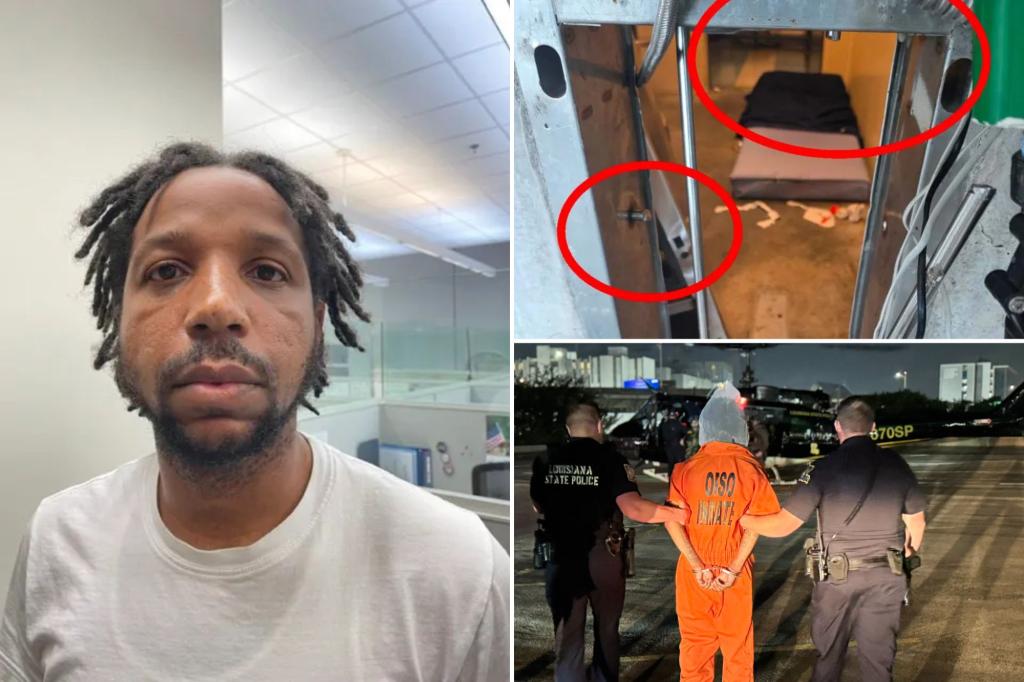Tensions Escalate: Secret Service Engages Armed Individual Near White House
A dramatic encounter unfolded near the White House as Secret Service agents shot an armed man during a confrontation. This incident, which occurred in the heart of Washington, D.C., raises pressing questions about security protocols and the implications for public safety in the vicinity of one of the nation’s most protected landmarks. As the event continues to make headlines, it’s crucial to delve deeper into what happened, the broader implications, and how incidents like this shape our understanding of security in urban spaces.
The Incident: What Happened?
On a seemingly ordinary day, the tranquility of the area surrounding the White House was shattered when an armed individual approached the security perimeter. According to eyewitness accounts and official statements from the Secret Service, the individual exhibited erratic behavior, prompting agents to respond swiftly. The situation escalated rapidly, leading to the use of force by the agents, who shot the suspect to neutralize the threat.
Emergency medical services were promptly on the scene, but the details regarding the individual’s condition and the circumstances leading up to the confrontation are still unfolding. The Secret Service, tasked with protecting the president and the White House, operates under strict protocols designed to assess threats quickly and effectively. However, this incident has raised questions about the adequacy of these measures and the challenges agents face in high-stress situations.
Security Protocols Under Scrutiny
The Secret Service is renowned for its rigorous security protocols, particularly in an environment as politically charged as the area surrounding the White House. After the incident, many are questioning whether the existing measures are sufficient to address the complexities of modern threats. Key points of discussion include:
- Threat Assessment: How effectively can agents assess potential threats in real-time? This incident showcases the challenges of distinguishing between a genuine threat and an individual in distress.
- Use of Force: The decision to use lethal force is not taken lightly. What training and guidelines govern these decisions? Are they adequate for the range of situations agents might face?
- Public Safety: What measures can be implemented to enhance safety for both the public and the agents? How can the Secret Service balance protective measures with the need for public access to such a significant national landmark?
The Implications for Public Safety
Every incident involving the Secret Service has far-reaching implications for public safety in Washington, D.C., and beyond. The recent engagement with an armed individual near the White House highlights several critical aspects:
- Increased Vigilance: Following this incident, there may be an increased police and security presence around the White House and other critical infrastructure, impacting daily life in the area.
- Public Perception: Events like this can alter the public’s perception of safety in urban areas, particularly those near significant political landmarks. Increased anxiety may lead to calls for more stringent security measures.
- Policy Review: Law enforcement and security agencies may review their protocols and policies to ensure they are equipped to handle similar situations in the future.
Understanding the Broader Context
To fully appreciate the implications of this incident, it’s essential to understand the broader context of security in urban environments. The rise in armed confrontations in public spaces has become a pressing issue across the United States, prompting a national dialogue about safety, rights, and security measures. Some factors contributing to the current climate include:
- Gun Violence: The ongoing discussions around gun control and the prevalence of firearms in society are paramount. Such incidents often ignite debates on the balance between individual rights and community safety.
- Mental Health Awareness: Many confrontations involve individuals suffering from mental health crises. This incident underscores the need for better mental health resources and crisis intervention strategies.
- Political Polarization: The current political climate can exacerbate tensions, potentially leading to more frequent confrontations in politically sensitive areas.
Lessons from the Incident
While the incident near the White House is alarming, it also offers valuable lessons for law enforcement and government agencies:
- Training Enhancements: Continuous training in de-escalation techniques and threat assessment can equip agents with the skills needed to manage high-pressure situations more effectively.
- Community Engagement: Building trust and communication between law enforcement and the community can mitigate misunderstandings and enhance public cooperation.
- Comprehensive Mental Health Strategies: Collaborating with mental health professionals can lead to better outcomes for individuals in crisis, potentially preventing future confrontations.
The Road Ahead: Moving Towards a Safer Future
As investigations continue and more details emerge about the armed individual and the circumstances surrounding the incident, it is imperative to focus on proactive measures that can be taken to enhance security while also respecting individual rights. The balance between safety and freedom is delicate, and the lessons learned from this event should inform future policies and training initiatives.
In conclusion, the encounter with an armed individual near the White House serves as a stark reminder of the ongoing challenges faced by security agencies. It emphasizes the need for continuous evaluation of protocols and practices, ensuring that the safety of both the public and the agents remains a top priority. As we move forward, fostering a culture of openness, training, and community engagement will be crucial in addressing the complexities of urban security.
See more Update My News



